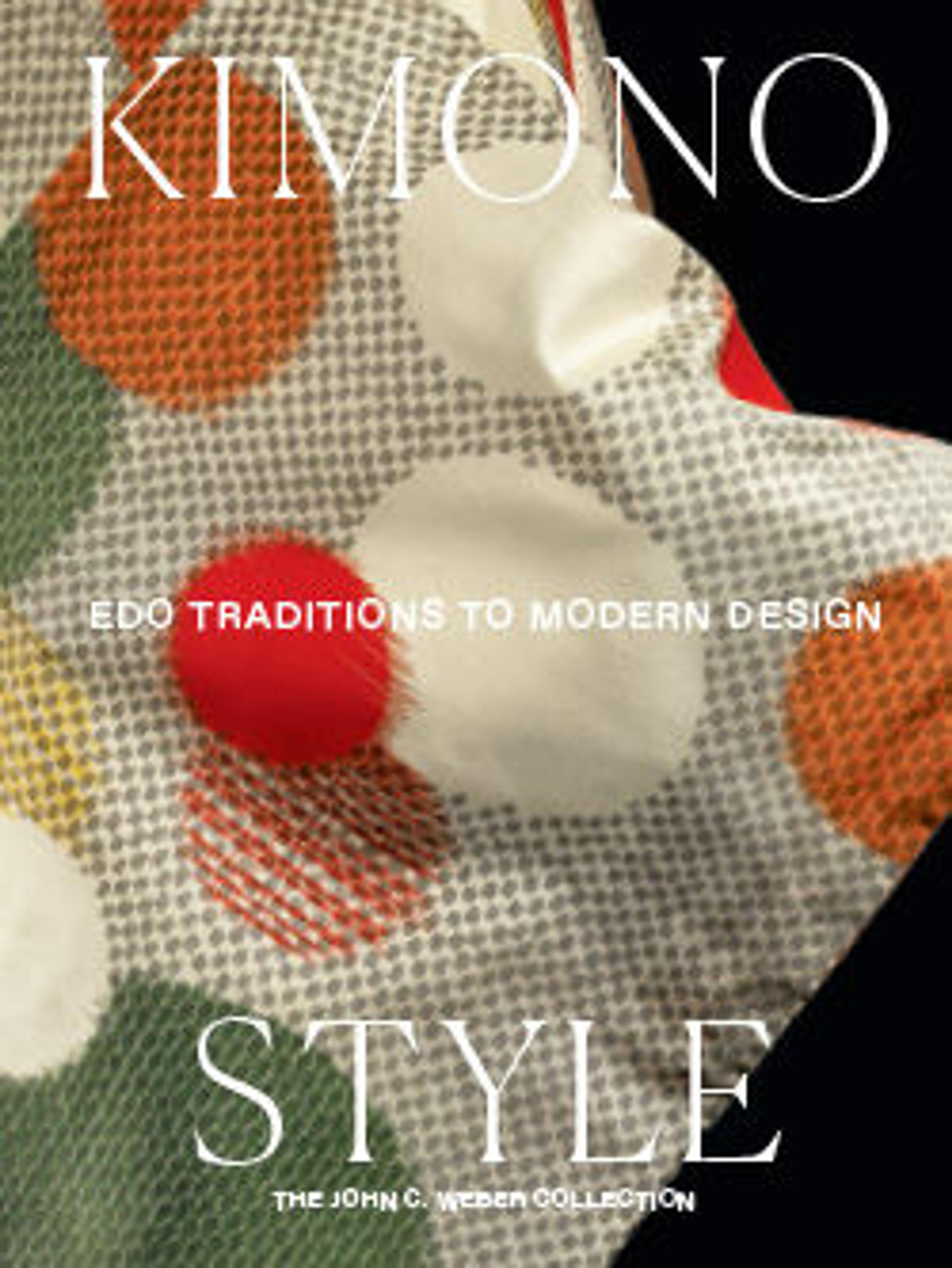"Paris"
Poiret once ruefully admitted that he could not sew and was thus unable to fully control all aspects of his art. However, it was this very absence of training in tailoring and dressmaking that facilitated the couturier's audacious technical advances.
The "Paris" coat exemplifies Poiret's conception of dress as a three-dimensional form that maintains the integrity of its two-dimensional fabric. It is constructed of one fifteen-foot length of silk velvet that has been twisted into shape without resorting to cutting. The apertures for the arms are unstitched interruptions along the single seamline that forms the garment. Devoid of decoration, except for the placket at the hipline that anchors the loop-and-button closure, it is a masterwork of modernist simplicity and structural ingenuity.
Poiret designed the coat for his wife, Denise, who was photographed wearing it like a great wrap with a short evening dress called the "Faune." While the dress does not appear to have survived—it was an astonishing combination of gold lamé and black monkey fur interspersed with gilt military fringe—Denise Poiret's coordination suggests that the "Paris" was among the more exotic evening coats in her wardrobe.
Artwork Details
- Title: "Paris"
- Designer: Paul Poiret (French, Paris 1879–1944 Paris)
- Date: 1919
- Culture: French
- Medium: silk, wool, metallic thread
- Credit Line: Purchase, Friends of The Costume Institute Gifts, 2005
- Object Number: 2005.207
- Curatorial Department: The Costume Institute
More Artwork
Research Resources
The Met provides unparalleled resources for research and welcomes an international community of students and scholars. The Met's Open Access API is where creators and researchers can connect to the The Met collection. Open Access data and public domain images are available for unrestricted commercial and noncommercial use without permission or fee.
To request images under copyright and other restrictions, please use this Image Request form.
Feedback
We continue to research and examine historical and cultural context for objects in The Met collection. If you have comments or questions about this object record, please complete and submit this form. The Museum looks forward to receiving your comments.
